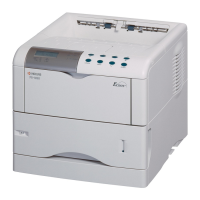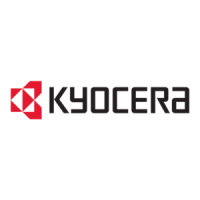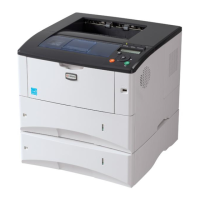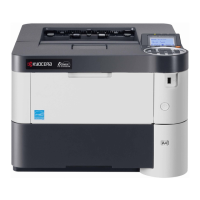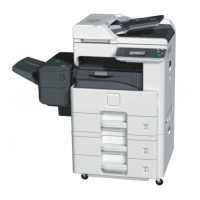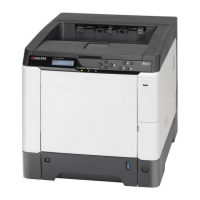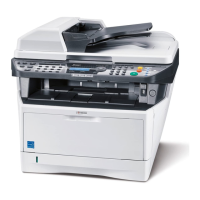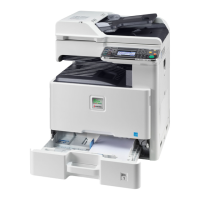How to remove moire pattern from Kyocera ECOSYS FS-3140MFP copies?
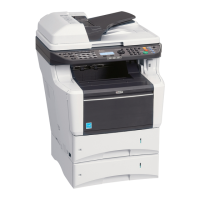
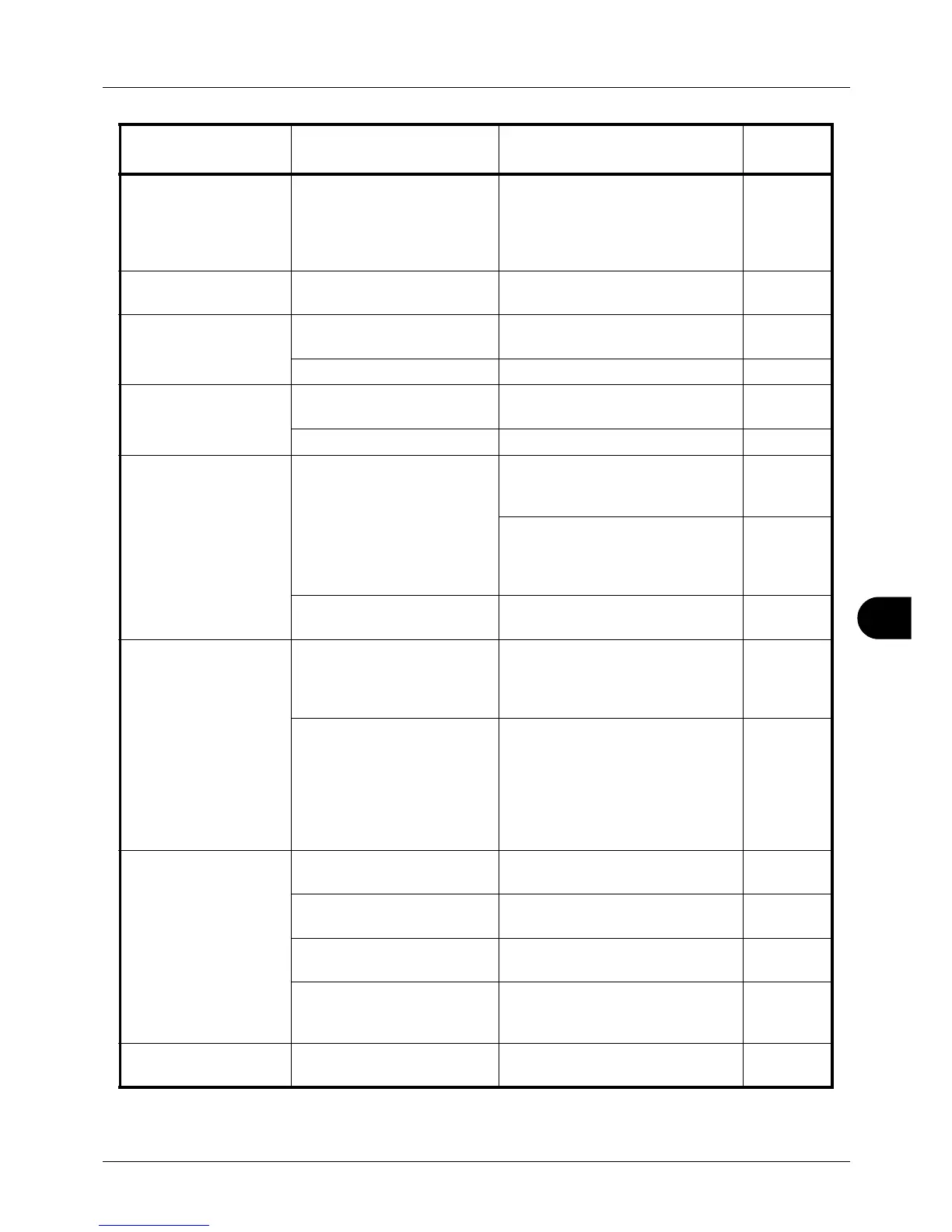 Loading...
Loading...








How to remove moire pattern from Kyocera ECOSYS FS-3140MFP copies?
| Print Technology | Laser |
|---|---|
| Print Resolution | 1200 x 1200 dpi |
| Duplex Printing | Yes |
| Connectivity | USB 2.0, Ethernet |
| Functions | Print, Copy, Scan, Fax |
| Copy Resolution | 600 x 600 dpi |
| Scan Resolution | 600 x 600 dpi |
| Fax Transmission Speed | 33.6 kbps |
| Maximum Paper Size | A4 |
| Operating System Compatibility | Windows, Mac OS, Linux |
| Monthly Duty Cycle | 200, 000 pages |
| Memory | 512 MB |
| Weight | 22 kg |
Identifies the control interface and its keys.
Details the physical parts of the machine.
Verifies all included accessories and documentation are present.
Guides on connecting the machine to a PC or network.
Explains turning the machine on/off and its power-saving sleep modes.
Provides instructions for loading paper into trays and originals.
Details how to log in and out of the machine's user accounts.
Explains the basic steps for making copies.
Guides on printing documents from computer applications.
Covers sending scanned images via email, folder, or fax.
Specifies optimal temperature, humidity, and location guidelines for machine operation.
Provides safety warnings and instructions for handling toner and waste toner.
Advice on storing the machine and using the power switch for extended periods.
Discusses the machine's certification as a Class 1 laser product.
Explains the US regulatory act for laser products.
Warns about direct exposure to the laser beam when checking the optical unit.
Emphasizes the power plug as the sole isolation device.
Details FCC rules and potential interference.
Outlines the warranty terms, coverage, and exclusions.
Addresses laser radiation hazards and safety classifications in Europe.
Informs about legal limitations on copying copyrighted materials.
Explains Low Power and Sleep modes for power saving.
Details the feature for creating two-sided copies.
Covers machine's support for recycled paper and Energy Star compliance.
Describes the content and structure of the operation guide.
Explains the typographical conventions used throughout the manual.
Specifies the size of originals for scanning.
Selects the paper source for copying.
Sets the orientation for scanned originals.
Enables toner saving mode for printing.
Specifies the size of originals for scanning before sending.
Selects the size of the image to be sent.
Selects the file format for scanned images.
Adjusts the fineness of scanning resolution.
Prints files stored on USB memory without a computer.
Stores scanned images in PDF, TIFF, JPEG, or XPS format onto USB memory.
Details the procedure for safely removing USB memory.
Prints documents stored in the machine's job box.
Checks the status of jobs being processed or waiting.
Reviews the history of completed print, send, and store jobs.
Details how to cancel print or send jobs.
Checks the status of connected devices like scanner, printer, and FAX.
Adjusts general machine settings like language and sound.
Sets defaults for copying functions like photo processing.
Configures printer defaults such as emulation and duplexing.
Configures TCP/IP, Bonjour, and other network settings.
Guides on cleaning internal components and external surfaces.
Details the steps for replacing the toner container.
Explains how to replace the waste toner box.
Outlines the procedure for replacing the maintenance kit.
Provides a table of common symptoms, checkpoints, and corrective actions.
Explains how to interpret and resolve alphanumeric error messages.
Guides on identifying and removing paper jams from various locations.
Manages user access levels and authentication methods.
Configures job accounting for tracking copy/print usage by account.
Displays counts for printed and scanned pages.
Describes optional hardware like paper feeders and memory modules.
Explains how to enter characters using the machine's interface.
Details supported paper types, sizes, weights, and conditions.
Provides definitions for technical terms used in the manual.
